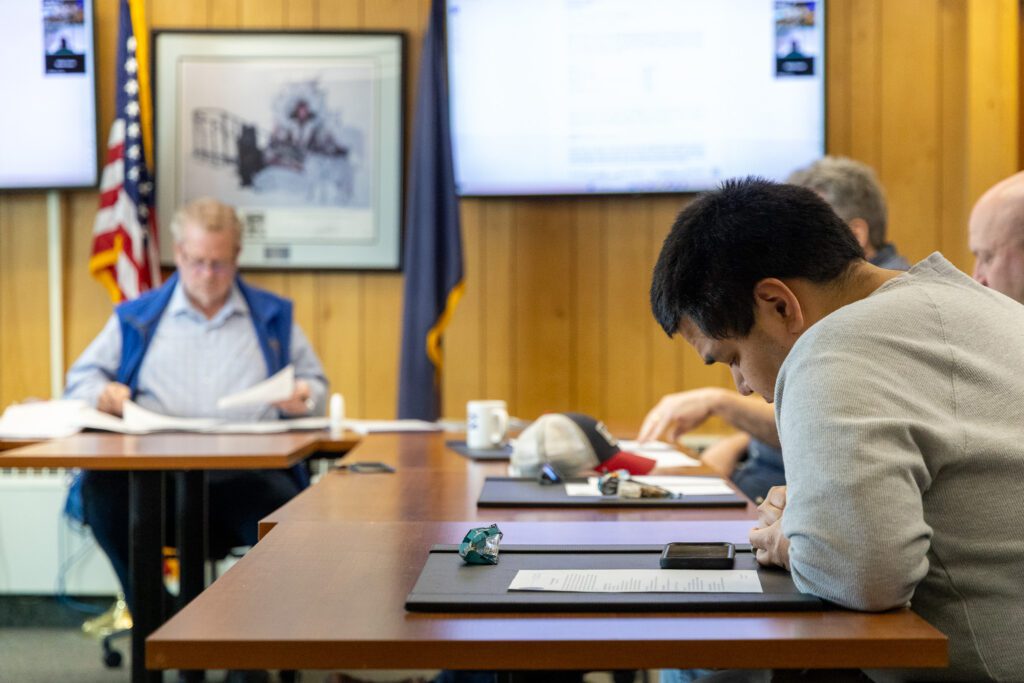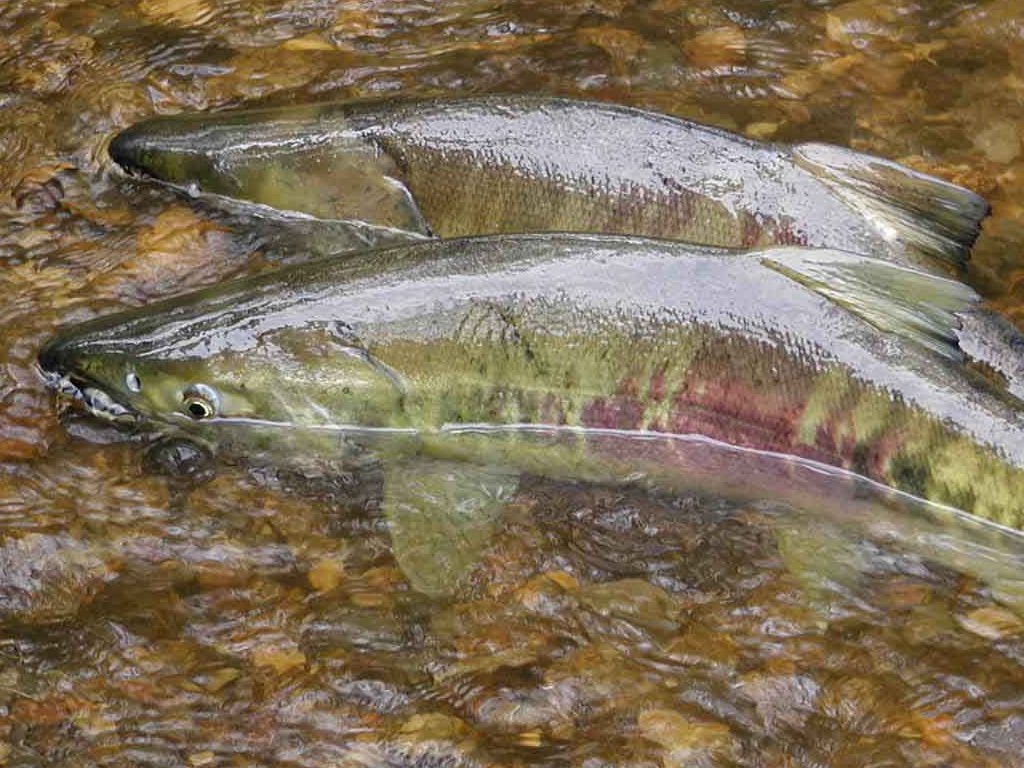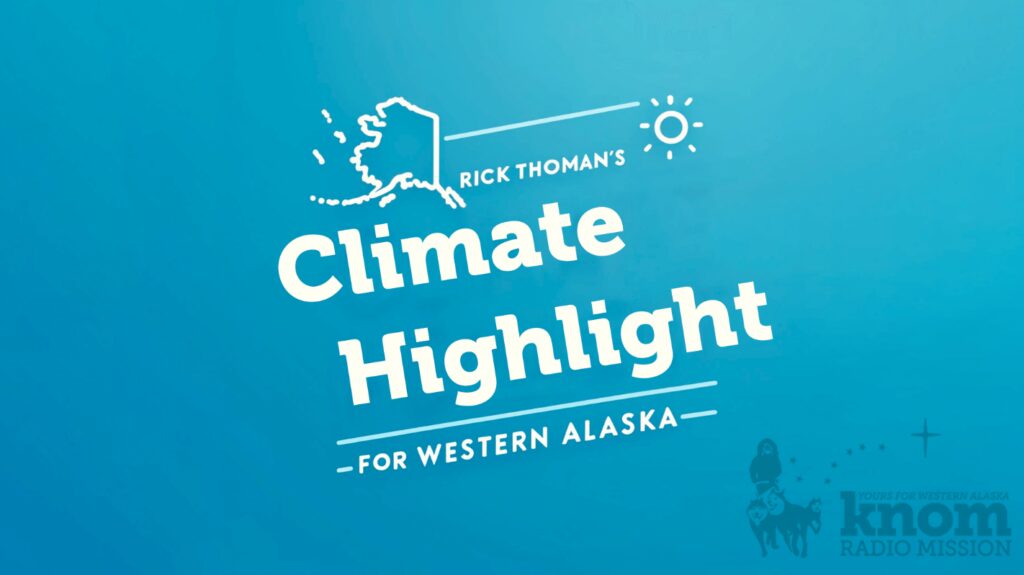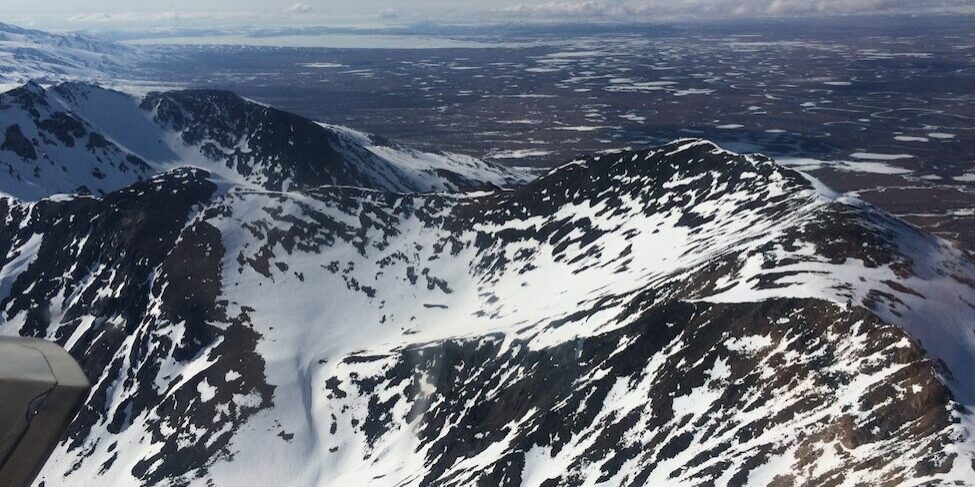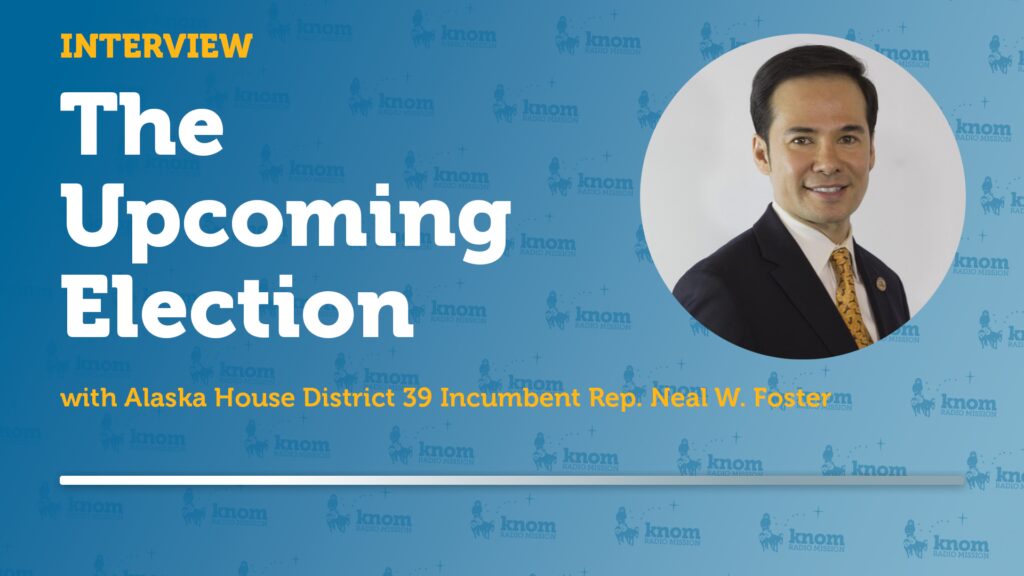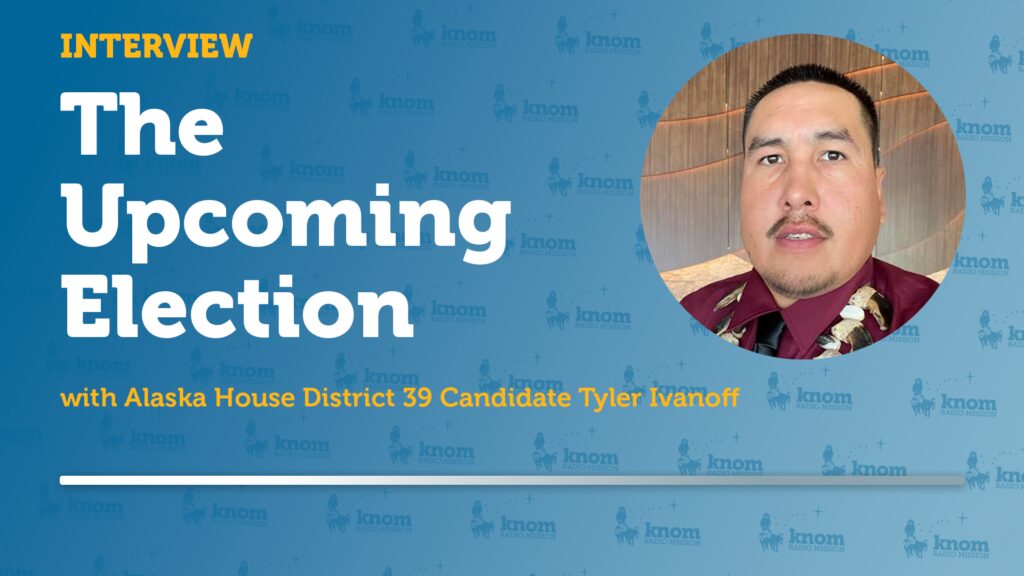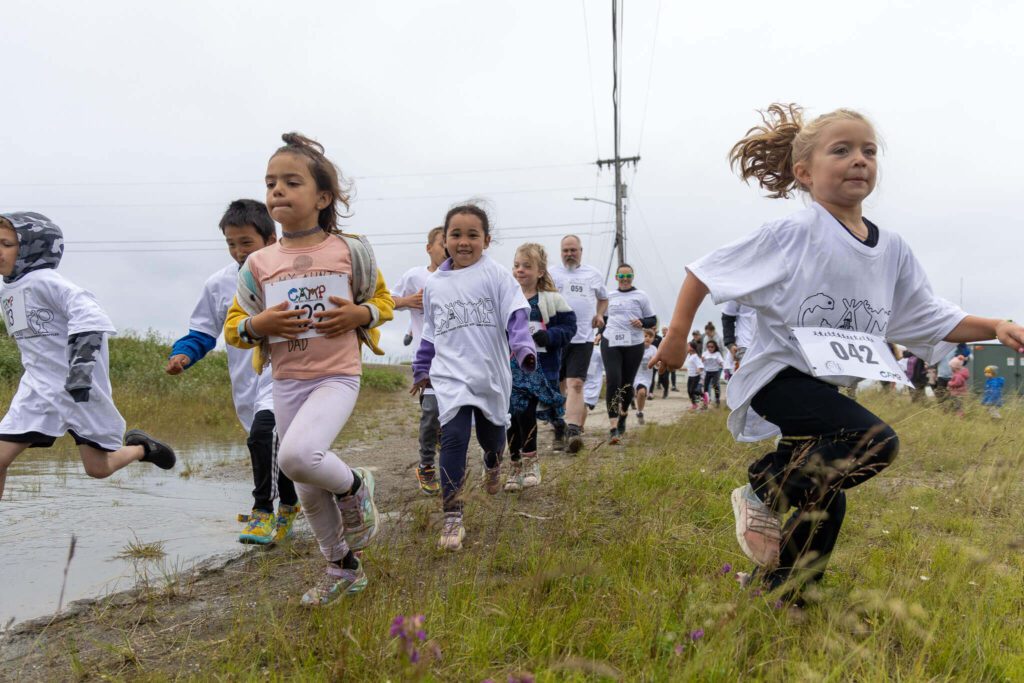REACTIONS WERE MIXED AS about a dozen Western Alaskans testified over the phone Tuesday about a proposed graphite mine in the Kigluaik Mountains.
Senator Donny Olson of Golovin introduced a bill last week (Feb. 19), Senate Bill 203, which would allow the Alaska Industrial Development Export Authority (AIDEA) to issue bonds to the Graphite I Resources corporation, based out of Vancouver, for preliminary assessment costs.
According to Olson, the bill would permit about 80 million dollars’ worth of bonds, which would have to be paid back. The Graphite Creek deposit is the largest known graphite source in the United States, he says, and could produce up to 60,000 metric tons of the mineral per year. The U.S. currently imports all of its graphite, which is used for things like lithium batteries, according to the U.S. Geological Survey.
Olson says it would be a boost for the local economy:
We’ve done a preliminary study that shows there’s going to be between 250 and 300 jobs that are going to go to that area, some of which are going to be more mining-oriented, and some of which are going to be more oriented toward the people that are in the local area that can go ahead and fill those positions.
Nome Mayor Richard Beneville agrees. He testified over the phone from Washington, D.C.:
Whether it’s in Brevig, or if it’s in Teller, or if it’s in Nome — the jobs are critical to our region. As mayor of Nome, I am for this. I can’t speak for everyone in Nome, but I can speak for the spirit of Nome. I can speak for the spirit of Western Alaska.
Others weren’t so sure he could, including Teller Mayor Blanche Okbaok-Garnie:
If the state wants to find 80 million dollars, why not put it toward toilets, water and sewer, for our community? We don’t need it for a road. We don’t need port infrastructure. I am not against the mine, I am not for the mine. But I am against this bill.
Many who testified were concerned about the mine infrastructure’s impact on the Imuruk Basin and its watershed. The area is home to moose, salmon streams, berries and other subsistence resources. Here’s Tanya Ablowaluk, secretary of the Native Village of Teller:
This mine will not bring jobs. This mine will not bring economic development. In my eyes, this mine will bring destruction for our land, to our food, to our culture and to our people.
Others who shared similar concerns included representatives of the Brevig Mission and Mary’s Igloo native corporations, as well as Rosie Fosdick and Brandon Ahmasuk from Kawerak. Doug Tweet, who owns the land on which the mine would be built, testified in support of the bill and the project.
Olson stresses the bill is on hold, and the mine project won’t be going anywhere, until the communities that would be affected are in support of it. And he says the construction of water, sewer and housing infrastructure as part of the project could be on the table.
I’m wholly on the side of the people that are out there that are going to be affected by this, and those are the people that I represent. And that’s why, based on a number of people that asked me to put it (the bill) in, I put it in there, but whether it goes anywhere depends on what kind of local support we do have.
Olson says Graphite I is hoping to send representatives to Western Alaska within a few weeks.
Correction: A previous version of this story erroneously stated public testimony related to the graphite mine bill was continuing on March 2nd. The error has been removed.

Image at top: A view over the Kigluaik Mountains. (Photo: Jenn Ruckel, KNOM)

